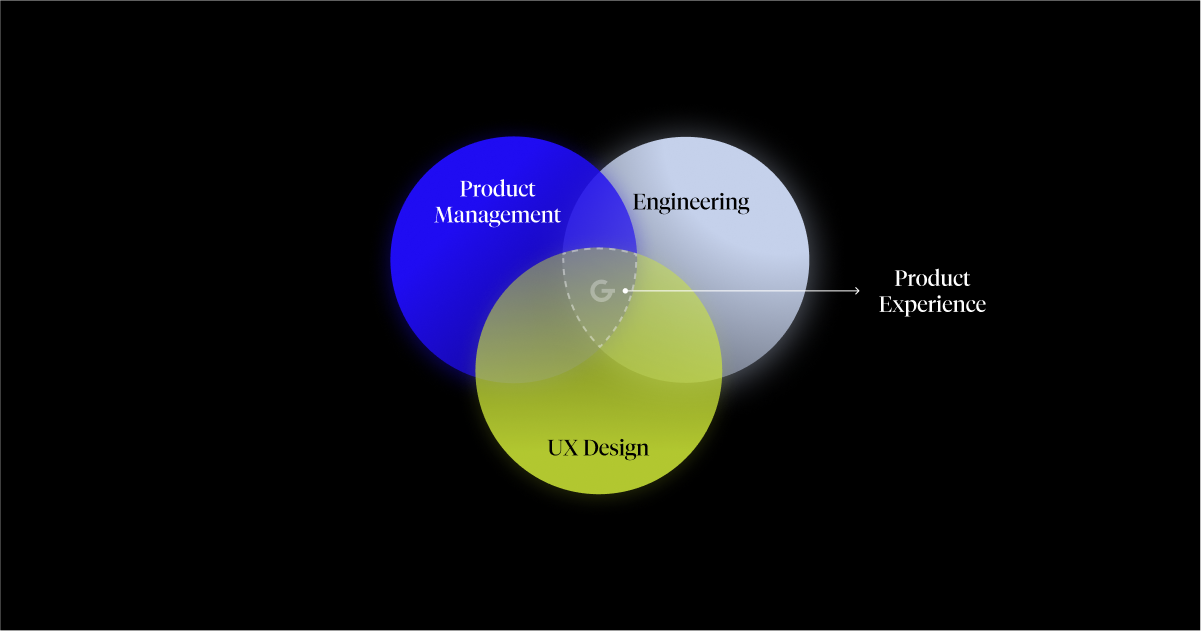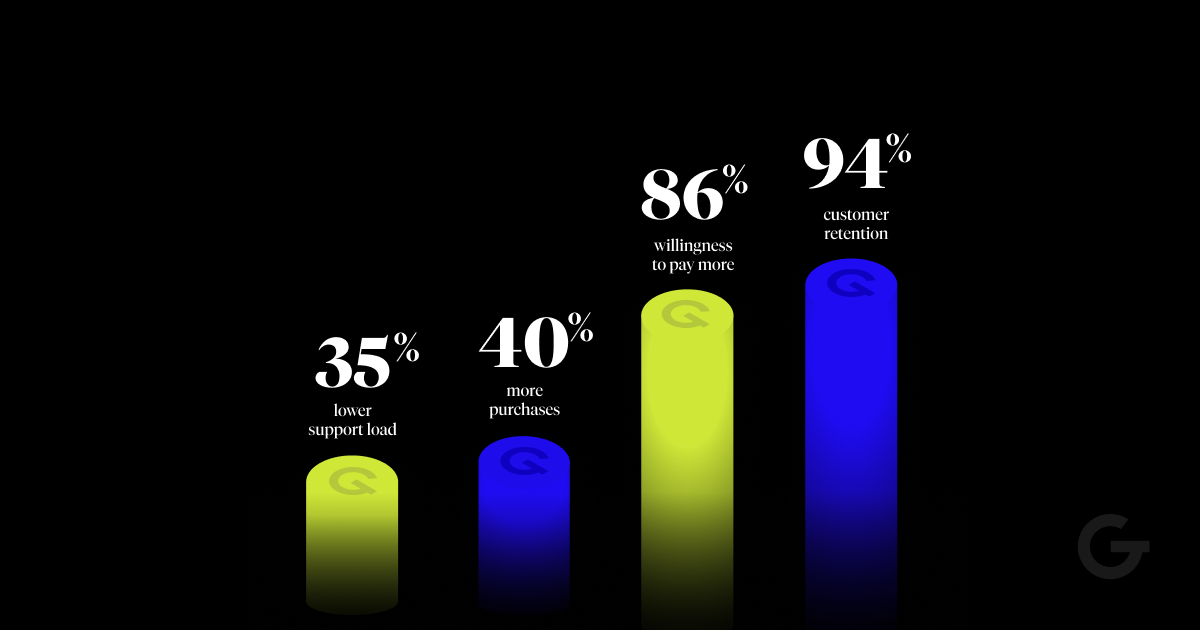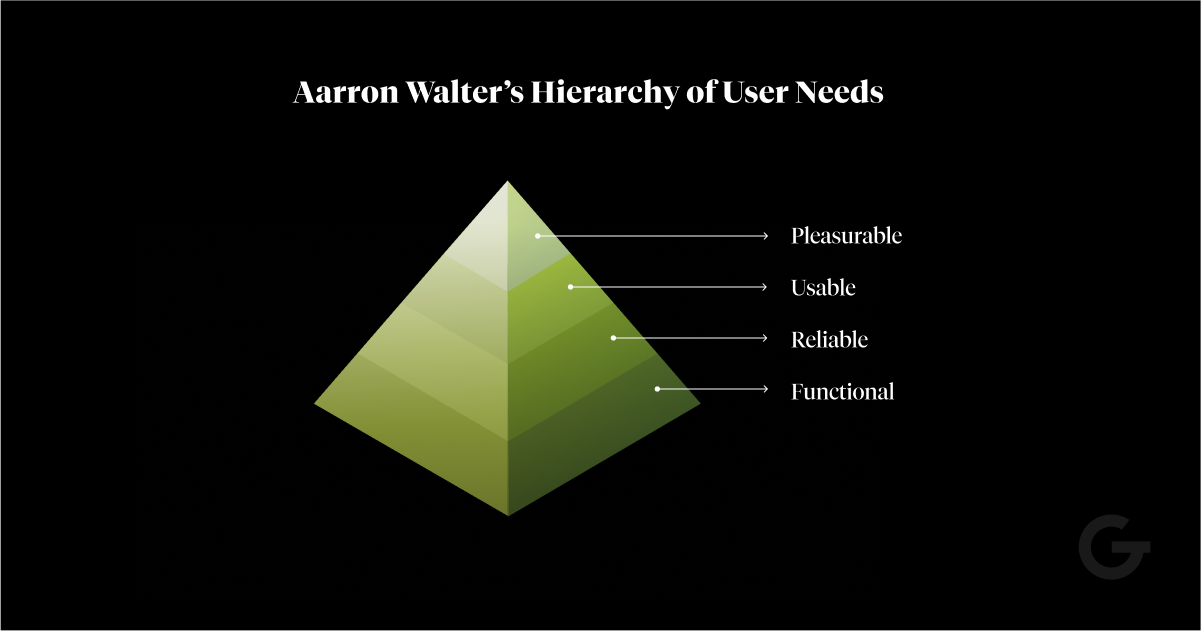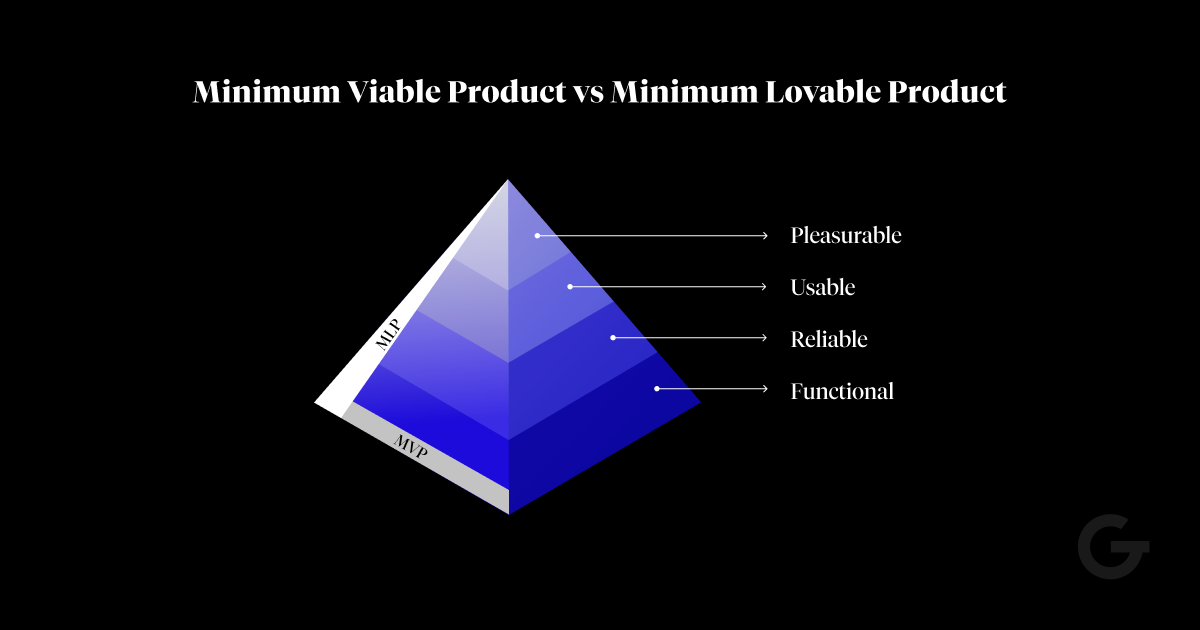
GoodRequest won two awards at the Tatra banka Top Supplier Day for the TABI project

20. Mar 2023Business
A satisfied user is the first prerequisite for a successful product. In general, 54% of users leave after the first negative experience. In the digital world of web and mobile products, this number can be as high as an 90%. In order not to become part of this frightening statistic, we must focus on creating a quality "product experience".


In this article you will learn:
At first glance, it may seem that UX (User experience) and PX (Product experience) are the same fields, but there is a difference between them. UX focuses on making the product experience as good as possible. It does not only focus on the design of the functioning of individual functions, but also deals with the context in which the product is used.
Unlike UX, PX deals not only with product functions and features, but also with its design, packaging, accessories, and the like. The goal of PX design is to create a product that is functional, reliable, pleasant to use and provides satisfaction to users so that they are as satisfied as possible with it.
Put simply, product experience (PX) is the overall impression and satisfaction of users with a product. PX is the result of the work of 3 areas: product management, design and development.

What does it really mean to do business? Buy and sell products, create and provide services or prepare an interesting experience in exchange for money. For the business it is earning, for the customer it is a solution to the problem. I need to buy a vacuum cleaner because my house is a mess. I need the services of an accountant because I want to start a business and I don't know how to do it. I go to the theater because I'm bored.
Doing business first of all means solving human problems and needs. The better quality, more reliable and more interesting we can provide the customer with what he needs, the more business value our products or services have.

We live in a busy time where nobody has time. Even if we have time, we prefer to spend it on other activities than solving problems. Therefore, users prefer products that solve their problems quickly and efficiently. This is also confirmed by a study that shows that 86% of users are willing to pay more for a product they are satisfied with. This not only contributes to their satisfaction but also increases the volume, frequency and number of purchases. This will naturally affect the overall sales. This is also confirmed by a study which describes that a better product experience can increase the number of purchases by up to 40%.
It is quite natural that satisfied users remain loyal to their brand. The company 3Pillar Global also assigned statistics to this fact. Up to 94% of satisfied users said they would probably or definitely use the product again. Otherwise, only 18% of users will do so if they are dissatisfied. Whether users stay with you or not, there's nothing stopping them from telling family and friends about their experiences. According to the study, up to 72% of users will tell 6 other people about their good experience. This turns out to be an excellent way to naturally build a reputation. What do you think?
The development of digital products takes time and money. But solving problems after the launch of the product can be 40 to 100 times more expensive. Therefore, it is always worthwhile to approach development responsibly. No one can predict how a product will be received by its users. However, we can test the product with potential users during the design, which will help us determine the state of the product experience and prevent problems already in the design phase. In addition, well-thought-out product design can reduce development time by up to 55%.
67% of users prefer to solve problems on their own, without contacting customer support. If they do not manage to solve the problem or do not find what they are looking for, 40% of them contact customer support. For our partner Fitshaker, which has more than 20,000 active users, this meant a huge surge in support. Thanks to the improvement of the user experience, we managed to achieve up to a 35% reduction in the number of customer support requests.
To achieve a good product experience, we must ensure 4 features:

These features are not only available in digital products. Take cars for example.
Functionality - The car provides users with fast and always available transportation.
Reliability - The car can handle short and long distances, fast or slow driving, driving in the city or on the highway, day or night.
Usability - Controlling the car is simple and intuitive that after a short time you can control it automatically. In addition, the control is constantly being updated with new technologies such as automatic transmission or, most recently, autonomous driving.
Satisfaction - After achieving the first three requirements, the elements of satisfaction come to the fore: materials pleasant to the touch, heated seats, parking cameras, on-board computer and more.
When creating a product experience, it is important to optimally balance these features. If we don't focus on something, it will affect the quality of the product experience and overall satisfaction.
If you are coming to market with a new product, you have several options for how to approach it. It is a good practice to design the product in a minimal version. What exactly does that mean? What else is part of the imaginary minimum and what is extra?
In the technological environment, the term MVP (Minimum Viable Product) is often used, meaning "minimum viable product" in Slovak. As the name suggests, elements of satisfaction will not be the focus of attention. MVP solves the user's primary problem and focuses mainly on functionality. You can minimize reliability and usability for efficiency and cost optimization. This approach is useful, but it does not offer the best user experience and may not reveal the full potential of the product. However, it can serve well as a market validation tool.
The second, less well-known approach is MLP (Minimum lovable product). The goal of this approach is to bring to market a product that meets all 4 characteristics to a certain limited extent. The most important functionality is reliable, intuitive and makes you happy to work with it. It sounds simple, but this cocktail is not so easy to mix. However, design this product for your main target user group (primary persona) and you will soon find out if your product has a real chance to succeed in the market. And all this before too much money is invested in the project.

With every design of a digital product, we strive to achieve high user satisfaction, thanks to which we achieve business goals faster. At GoodRequest, we focus on MLP - a version of the product that satisfies users by implementing four steps:
Our designs achieve an average satisfaction score of 8 out of 10 in user testing. Despite the high rating, we always recommend further steps to ensure long-term user satisfaction with the product.






